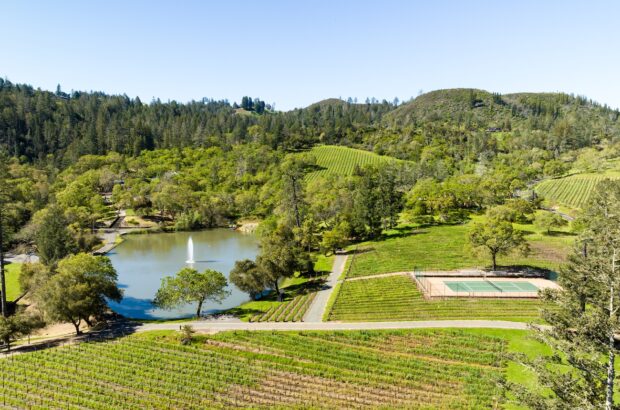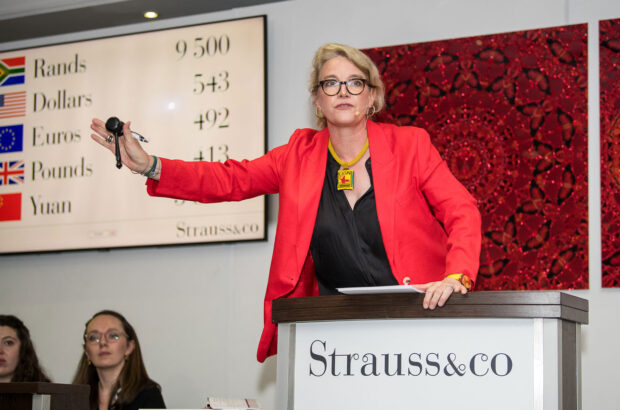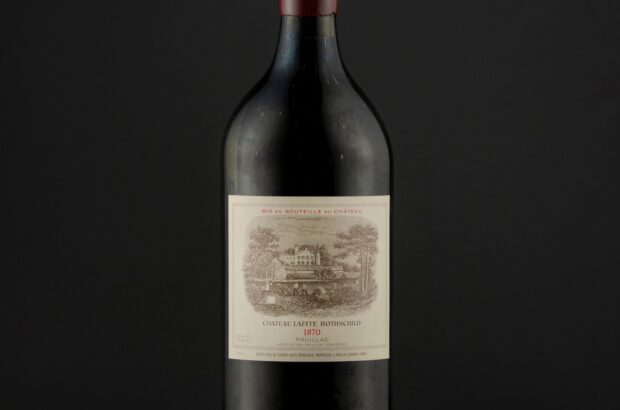What makes this a wine legend?
Wine Legend: Ramonet, Montrachet 1986 Grand Cru, Burgundy, France
Composition 100% Chardonnay
Release price $725
Price today £3,000 ex-tax
A legend because…
It is hard to think of another Burgundian white wine estate with a pedigree and reputation as substantial as that of Ramonet. As long ago as the 1930s its bottled wines were being imported into the US. The 1986 vintage was superb for white wines in the region and Montrachet, then as now, reigns supreme as its most prestigious and lauded vineyard.
Looking back
In 1986 the patriarch Pierre Ramonet was still alive, but by then he was into his 80s. The estate had been operated since 1983 by his grandsons Noël (born 1962) and Jean-Claude (1967). Pierre died in 1994, at the age of 88. His grandsons were always very respectful of the traditions and styles laid down by Pierre, and the rich and fleshy style of the wines has been perpetuated.
The vintage
The spring was damp, but flowering took place in warm, dry conditions. Summer was warm and mostly dry until mid-August, and there were downpours in September too. Rot was widespread, but affected the red grapes more than the white. By late September the Chardonnay was fully ripe – in some cases too ripe – but Montrachet is a site that preserves freshness. Almost all wines are fully ready to drink.
The terroir
The domaine’s main focus is on the vineyards of Chassagne-Montrachet, where the cellars are located. It has superb premiers crus, but the wines that drinkers and collectors yearn for are the grands crus Bienvenues-Bâtard-Montrachet, Bâtard-Montrachet, Chevalier-Montrachet and Le Montrachet. Sandwiched between Bâtard below and Chevalier above, the 8ha Montrachet is a gently sloping and perfectly situated site that often combines the power and richness of Bâtard with the finesse of Chevalier. Its clay subsoil retains moisture so it rarely suffers from drought stress. Ramonet’s 0.5ha is more or less equally divided between Chassagne and Puligny, as Montrachet straddles both communes. The old vines were taken out in the late 1980s and replaced in 1990.
The wine
Ramonet’s wines are only produced from vines that are at least 18 years old. After vinification in stainless steel tanks, the wine is transferred to oak barrels. The Ramonets favour the Allier and Vosges forests and buy their barrels from up to 10 coopers. The wines are aged in one-third new oak for 12-15 months, with the exception of the Montrachet, which spends its ageing period in entirely new oak. Lees-stirring is minimal, but the brothers favour long lees contact (including a proportion of gross lees), which helps to fashion the rich and voluminous style of the Ramonet wines. Neither fining nor filtration is systematic.
The reaction
Robert Parker found it ‘stunning’ in August 1992: ‘With a bold, even dramatic nose of buttered popcorn, honeyed apples, oranges… its velvety, viscous, chewy texture is crammed with sweet, expansive Chardonnay fruit. There is barely enough acidity to hold everything together, and the finish is explosively long, rich, and buttery.’
In 1997, Michael Broadbent tasted the wine from salmanazar and found it: ‘Very pale; rich, toasty bouquet that spread its wings magnificently; distinct sweetness, full-bodied, nutty flavour – what a pathetic, inadequate description! Rich of course, and with very good acidity. Will keep for ages.’







